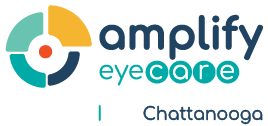Purpose.
To provide an optometric perspective on the management of hyperopia in children without strabismus or amblyopia.
Methods.
Factors that have potentially shaped optometry's viewpoint and influenced its prescribing philosophy for childhood hyperopia, such as optometry school and residency training, professional association clinical guidelines, conferences and continuing education courses, textbooks, scientific studies, opinions of professional leaders, and clinical experiences are discussed.





